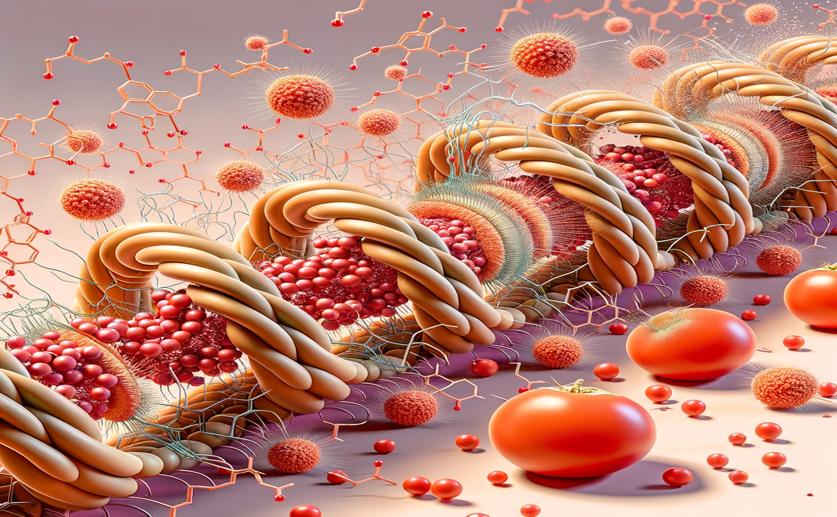
Long-Chain Fatty Acids Prevent Allergic Reactions to Tomato Seed Proteins
Jim Crocker
25th August, 2024

Image Source: Natural Science News, 2024
Key Findings
- Researchers at the Complutense University of Madrid studied the allergenic protein Sola l 7 in tomato seeds
- They found that unsaturated fatty acids like oleic and linoleic acids bind to Sola l 7 and reduce its allergenic properties
- This binding lowers the immune system's recognition of the protein, potentially reducing allergic reactions
References
Main Study
1) Long-chain fatty acids block allergic reaction against lipid transfer protein Sola l 7 from tomato seeds.
Published 24th August, 2024
https://doi.org/10.1002/pro.5154
Related Studies
2) A novel lipid transfer protein from the pea Pisum sativum: isolation, recombinant expression, solution structure, antifungal activity, lipid binding, and allergenic properties.
3) Natural human Bet v 1-specific IgG antibodies recognize non-conformational epitopes whereas IgE reacts with conformational epitopes.



 23rd August, 2024 | Jenn Hoskins
23rd August, 2024 | Jenn Hoskins